Give the gift of travel this #GivingTuesday to help veterans, children and great causes take flight
Share

Under clear blue November skies in Washington, D.C., Korean War veteran Charles Amor of Oahu was overcome with pride watching the honor guard’s careful precision at the Tomb of the Unknown Soldier. At the Korean War Veterans Memorial, he paused to remember those he knew killed in “The Forgotten War.” And as he and fellow veterans from Hawaii placed fresh orchid lei at memorials throughout the capital, he felt enormous gratitude for being there among them.

Amor joined 27 other veterans of three wars — World War II, the Korean War and the Vietnam War — and their caregivers to fly on Alaska Airlines for the inaugural Honor Flight from Honolulu. The Honor Flight Network pays tribute to veterans around the country by providing trips to Washington, D.C. For many, it’s their first opportunity to see the monuments built to honor their service.



Throughout the weeklong journey, Amor marveled at the care shown for the group — from the warm sendoff with a traditional Hawaiian blessing to the friendliness of the Alaska flight crew and the Honor Flight volunteers who kept them comfortable and safe along the way to the Hawaiian music and hula that welcomed them home on Veterans Day.
‘It was all so unselfish, and they just accepted us and treated us with dignity and equality regardless of our previous military rank,” Amor said. “It reinforced my allegiance to our great country.”

This was a very special privilege for us to take veterans from Hawaii to Washington, D.C., to visit the memorials that are dedicated to them,” said Alaska Airlines CEO Ben Minicucci, who joined Hawaii Gov. David Ige and an applauding crowd to welcome the veterans home. “This is one small way for us to thank them.”
Jean Carlon, an Alaska Airlines marketing operations specialist and Puget Sound Honor Flight board member, has volunteered on more than a dozen Honor Flights, including in Honolulu. In total, more than 245,000 veterans around the country have been honored with all-expense-paid trips through the Honor Flight Network. “It’s inspiring to see how happy the veterans are when they come home and really feel that long-overdue gratitude from the public,” Carlon said. “It’s healing wounds from 50 or 60 years ago.”



For this inaugural Honor Flight, Alaska Airlines had the privilege of donating the travel for the veterans and their guardians while celebrating 15 years of service to the Hawaiian Islands. “We’re excited to be the launch partner for the Honor Flight hub in Hawaii, and we look forward to many more flights to come,” Minicucci said. “Our goal is to ensure that every veteran who wants to travel to D.C. has the same opportunity.”
Give the gift of travel! On Giving Tuesday, your donation goes twice as far
Now our guests can help make future Honor Flights possible. The Honor Flight Network’s Lone Eagle Program is our newest member of our CARE Miles program, allowing Alaska Mileage Plan members to donate their miles to 13 different charities. So far this year, our guests have donated 39 million miles to causes like the Make-A-Wish Foundation, the American Red Cross, the Nature Conservancy and the Fred Hutchinson Cancer Research Foundation.
And if you donate miles on Giving Tuesday, November 29, your donation will go twice as far: Alaska Airlines will match all miles donated on Giving Tuesday up to 1 million miles. This is in addition to the 1 million miles we are donating to CARE Miles to celebrate the Gift of Travel and our festive holiday-themed aircraft.

Miles donated to our CARE Miles program help charities with business travel, accommodation of special organization requests and achievement of the organization’s mission.
Here is a list of great causes you can support with miles:
Alaska Airlines Disaster Relief Pool
Contributions to the Alaska Airlines Disaster Relief Pool will be used to support charities involved with disaster relief efforts and for transportation of medical staff and volunteers.

Alaska Airlines Miles for Youth
Alaska Airlines believes all young people should have an opportunity for future success. The Alaska Airlines Miles for Youth provides miles to nonprofits who support young people to reach their full potential.

Angel Flight West
Angel Flight West provides patient transportation for those needing medical treatment in another city and who otherwise would not be able to afford the cost of getting there.
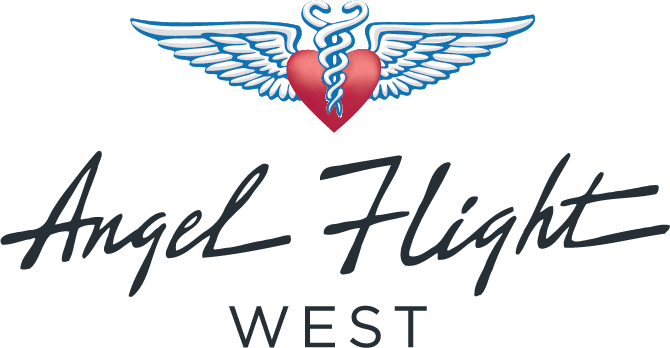
Dream Foundation
Dream Foundation is the first and largest national organization whose mission is the granting of dreams to adults, over the age of 18, who are suffering life-limiting illnesses. Donated miles are used to reunite families, bring loved ones together or to create lasting memories with one last family trip. Learn more.
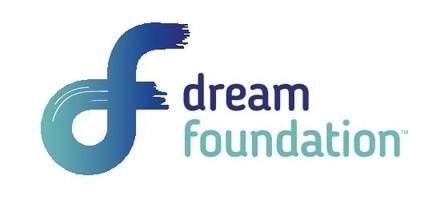
Fred Hutchinson Cancer Research Foundation
Fred Hutchinson Cancer Research Center is an independent, nonprofit biomedical-research institution and is one of 39 National Cancer Institute-designated comprehensive cancer centers nationwide.

Fisher House Foundation
Fisher House Foundation™ administers the Hero Miles program to provide transportation to wounded, injured, and ill military members and their loved ones. By bringing patient and family together, whether at a hospital bedside or an approved occasion, the donation of travel rewards directly promotes the continued healing process of our military heroes.

Make-A-Wish
Grants wishes to children with serious illnesses or injuries. When Make-A-Wish® volunteers ask a child for his or her favorite wish, very often the response begins with “I wish to go to…”.
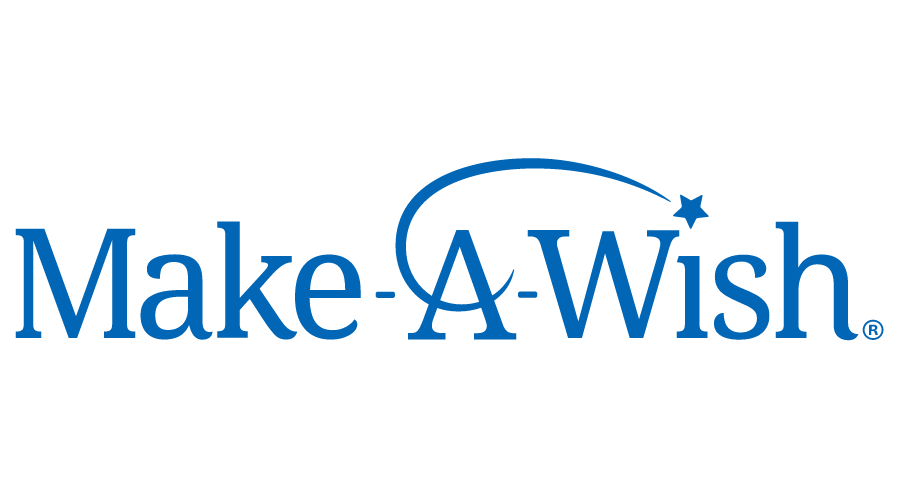
Medical Teams International
Medical Teams International is a disaster relief organization that provides much needed medical staff and equipment/supplies to areas stricken throughout the world.
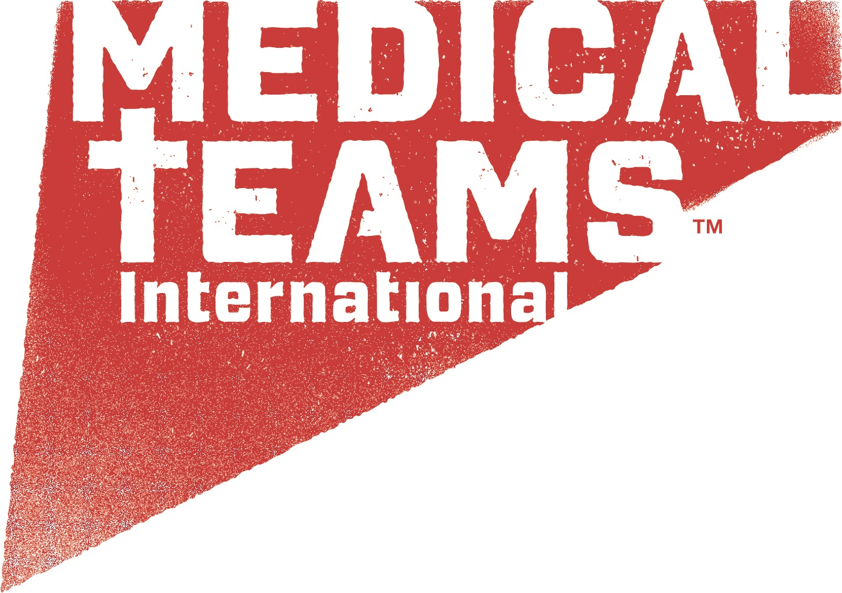
National Forest Foundation
Engages America in community-based and national programs that promote the health and public enjoyment of the 193-million-acre National Forest System. NFF programs—with a strong presence in Alaska and the Pacific Northwest—utilize collaborative conservation to restore our forests, watersheds, wildlife habitat, and recreation resources.

The Nature Conservancy
The leading conservation organization working around the world to protect ecologically important lands and waters for nature and people.

Seattle Children’s Hospital
Seattle Children’s Hospital is nationally ranked and provides superior patient care, advance treatments through pediatric research and serves as the pediatric and adolescent academic medical center in Washington, Alaska, Montana and Idaho- the largest region of any children’s hospital in the country.
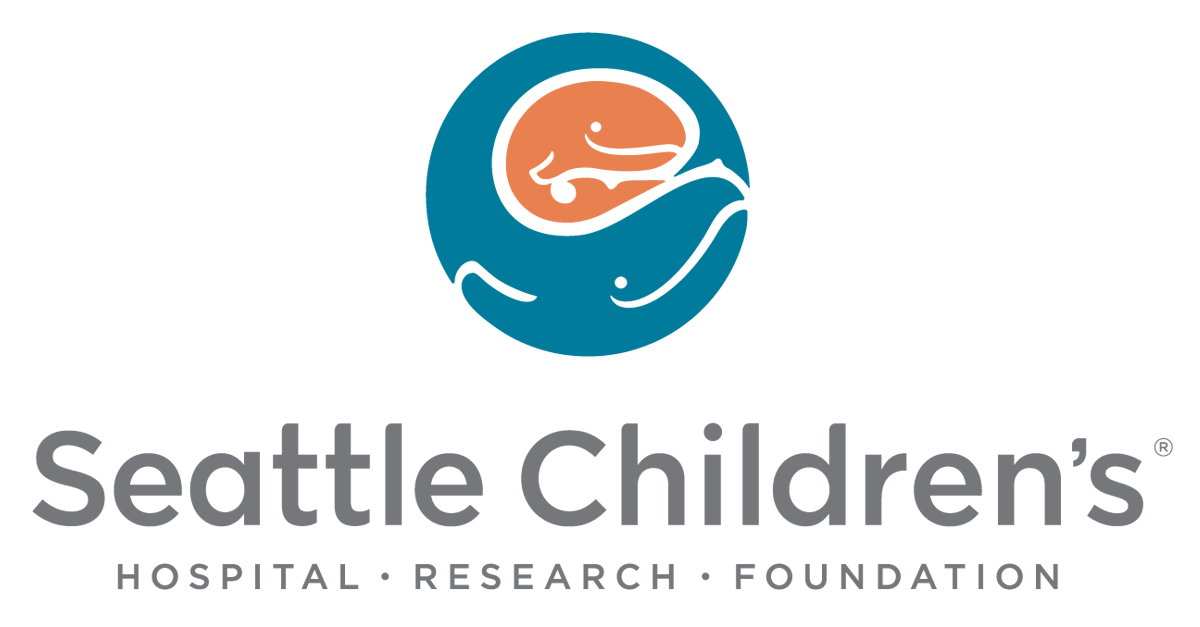
UNCF
UNCF’s mission is to build a robust and nationally-recognized pipeline of under-represented students who, because of UNCF support, become highly-qualified college graduates and to ensure that our network of member institutions is a respected model of best practice in moving students to and through college.

The Honor Flight Network
We’ve added a new cause to CARE Miles! You can now donate your miles to support the Honor Flight Network’s Lone Eagle Program. Learn more in the description below. While we get our system updated to accept automatic donations, you can donate to Lone Eagle Honor Flight by emailing us from the email address associated with your Mileage Plan account.
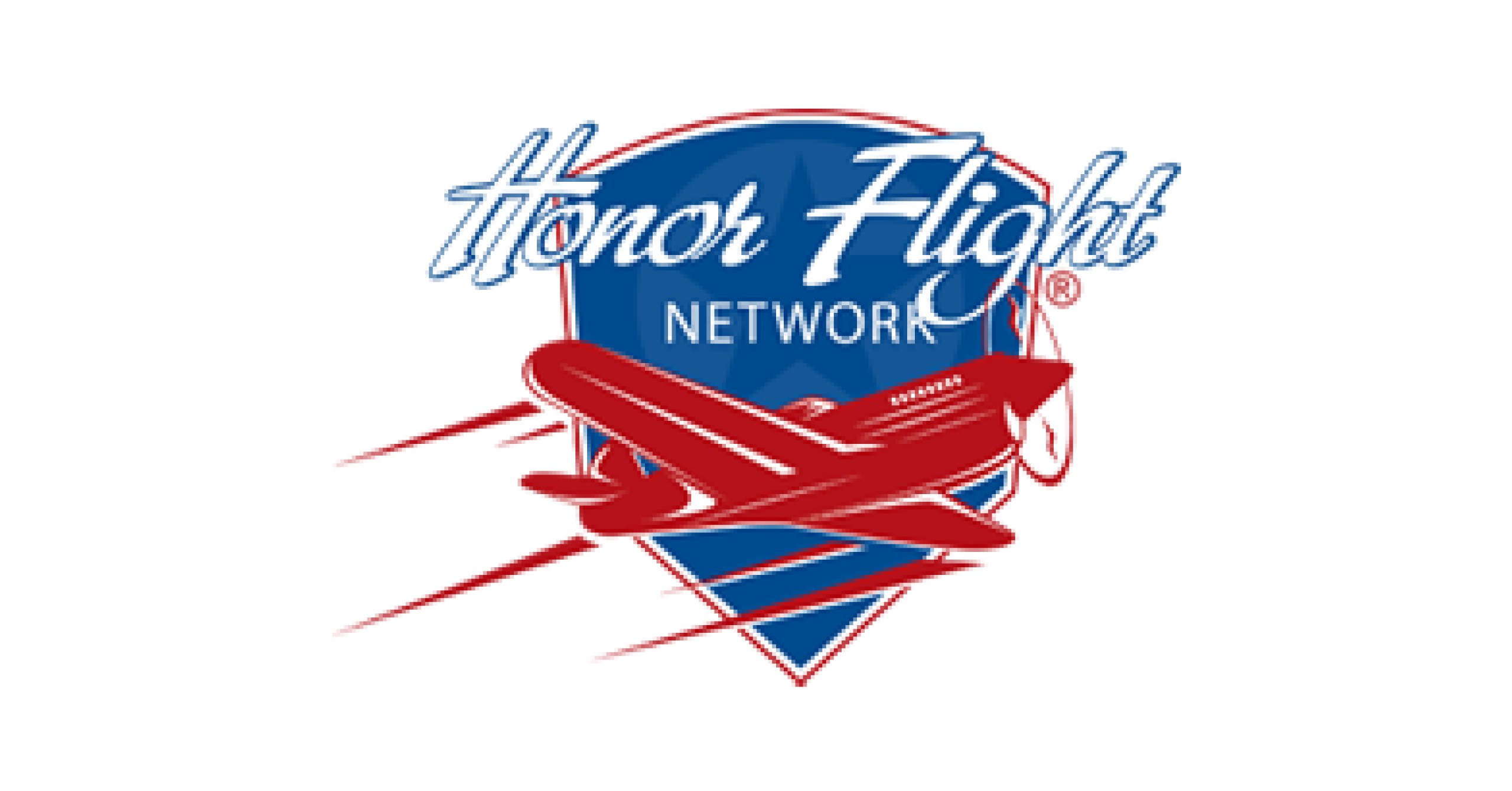
Please note: A minimum of 1,000 miles is required to donate to Alaska Airlines CARE Miles Program, and donations can be made in increments of 1,000 miles.









































































































